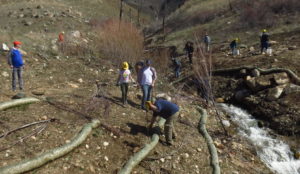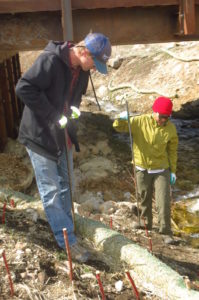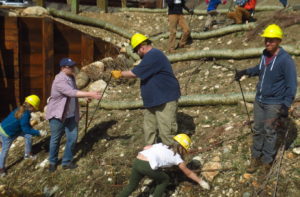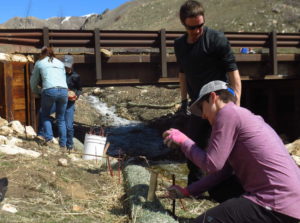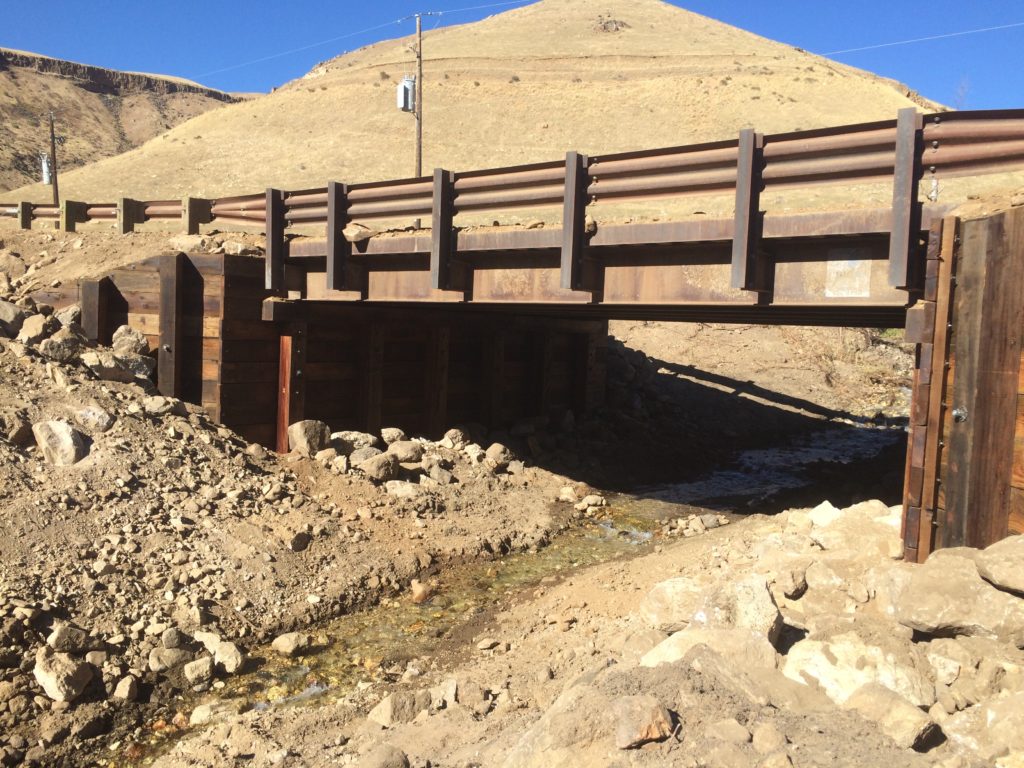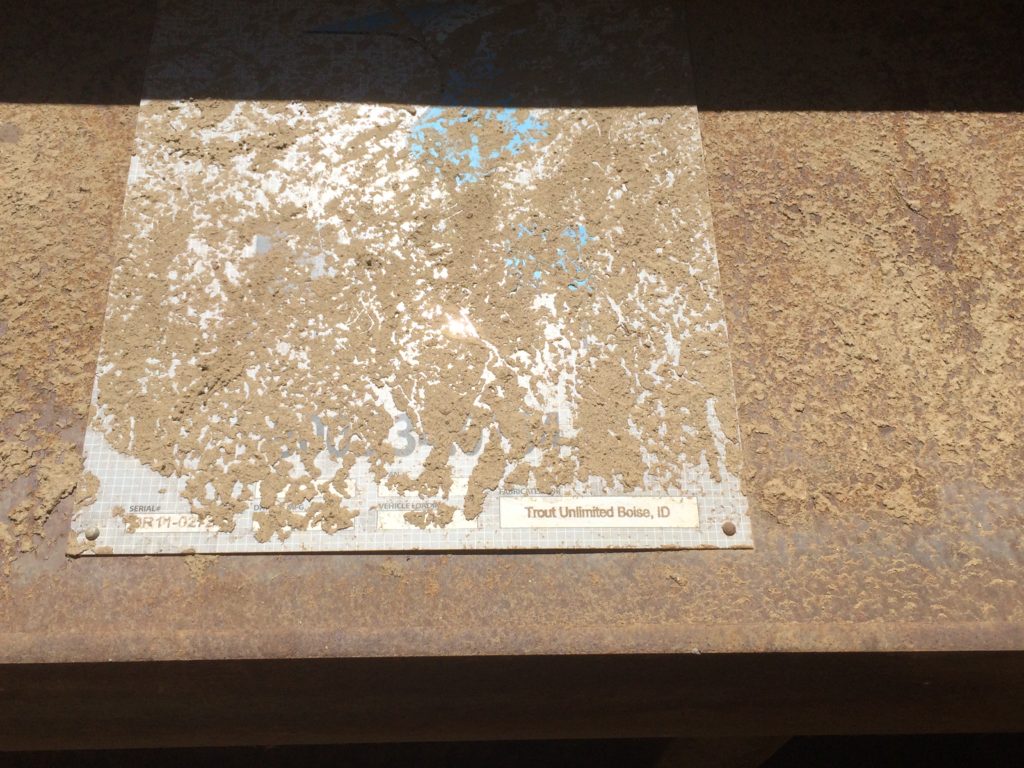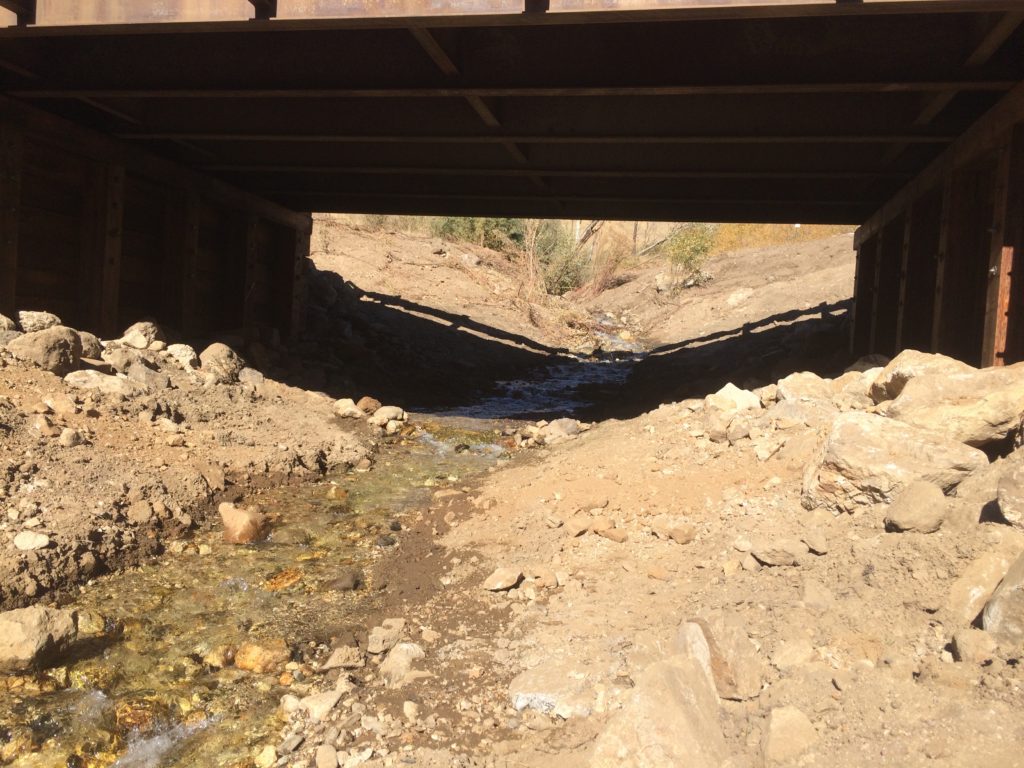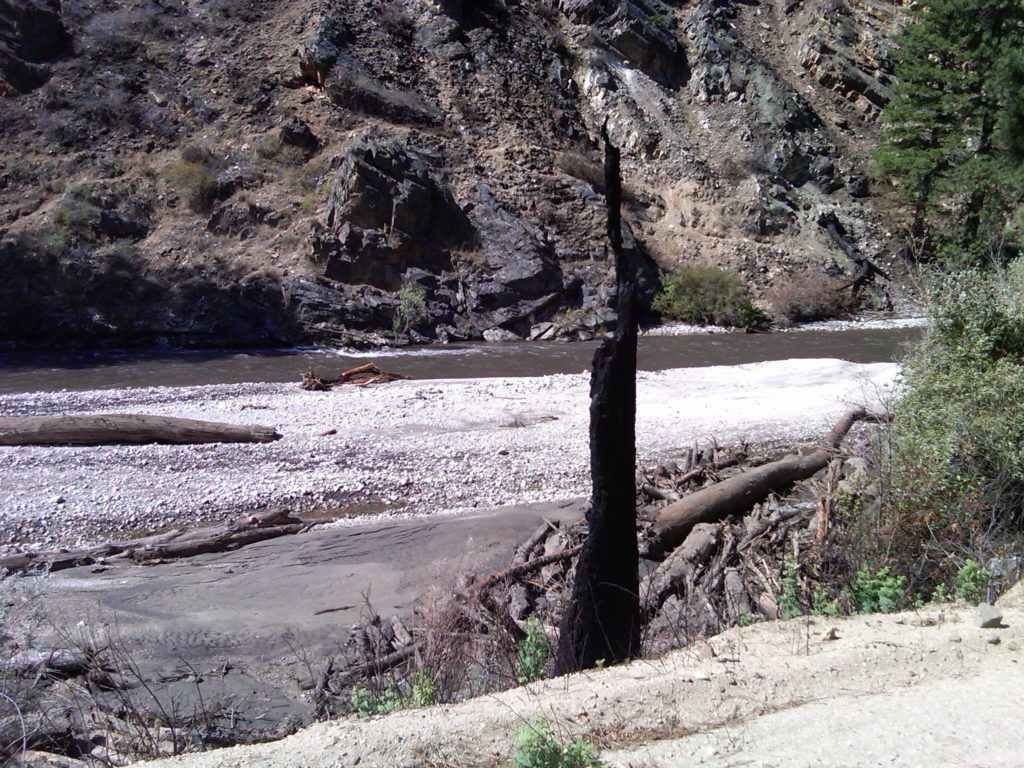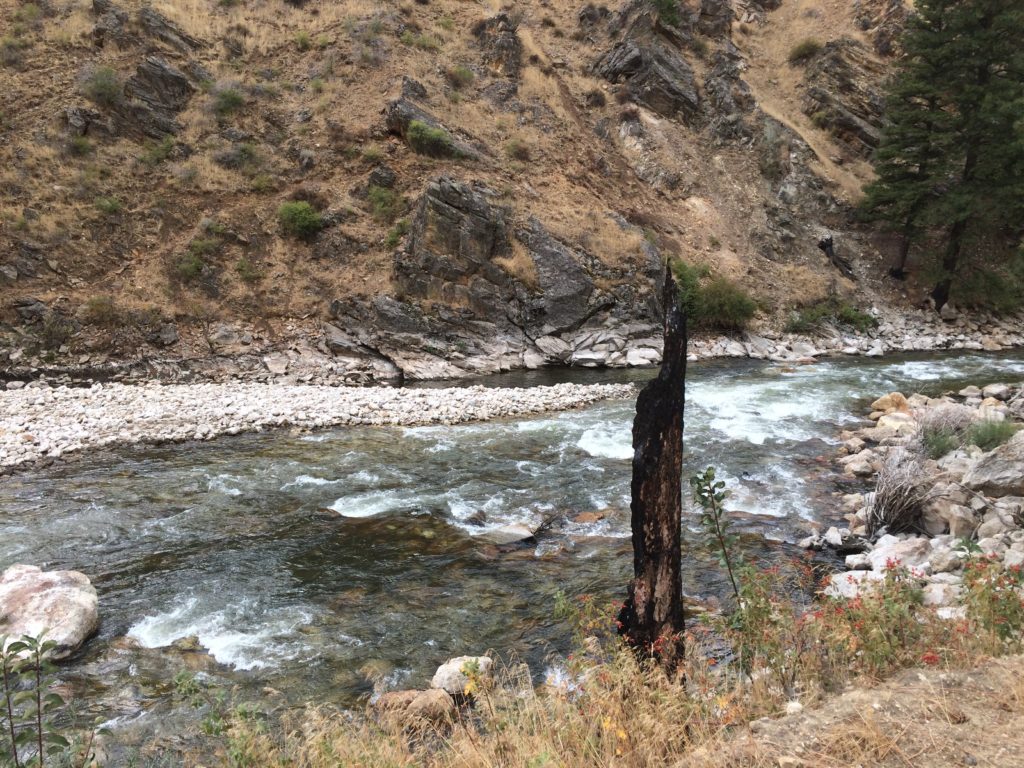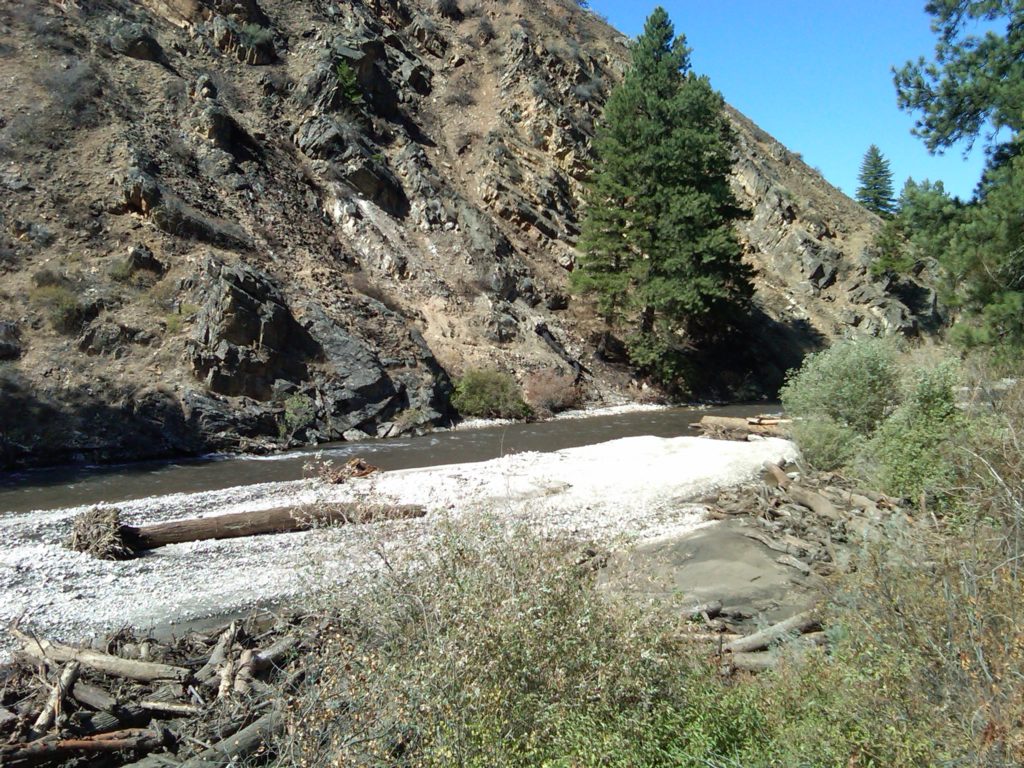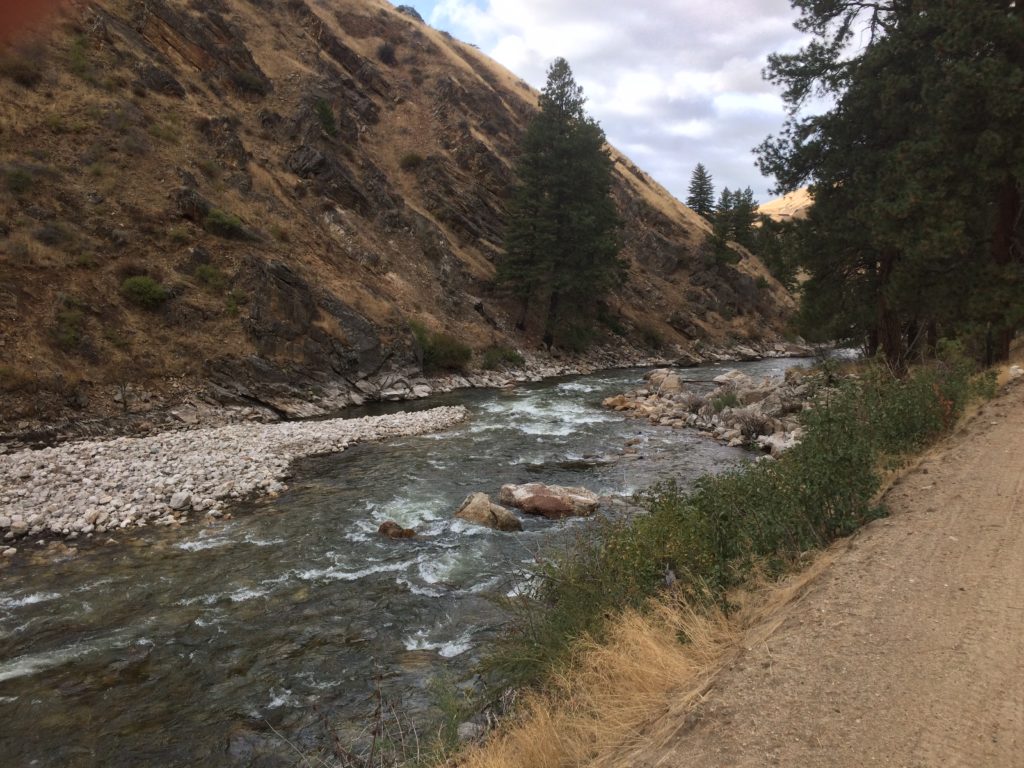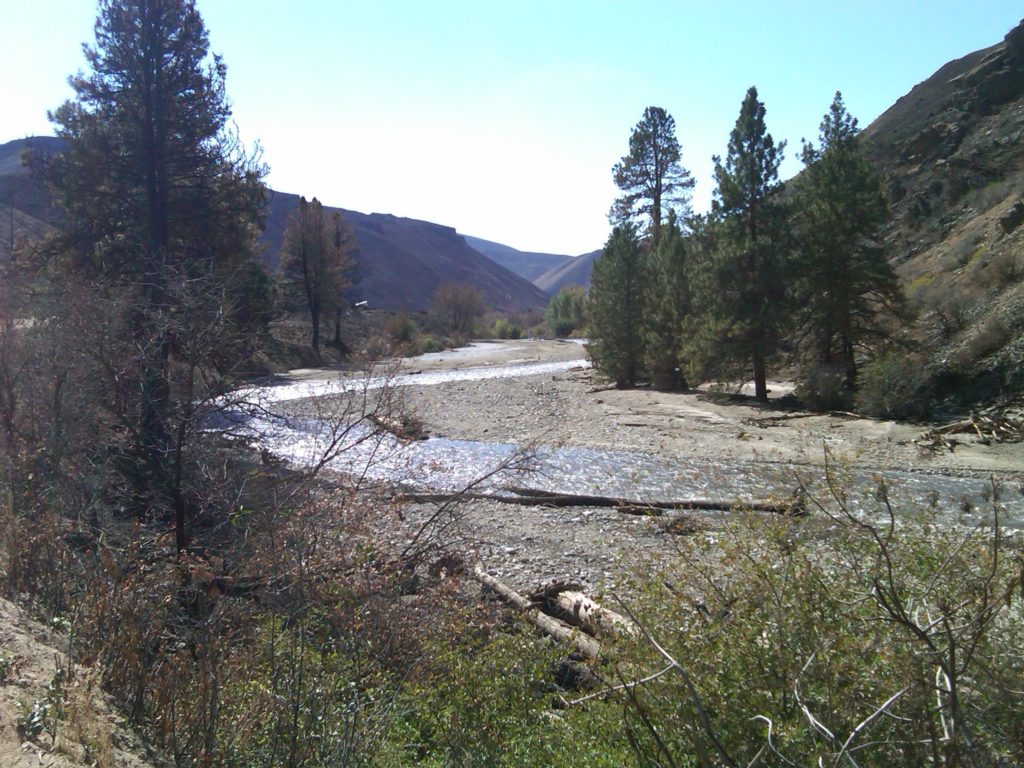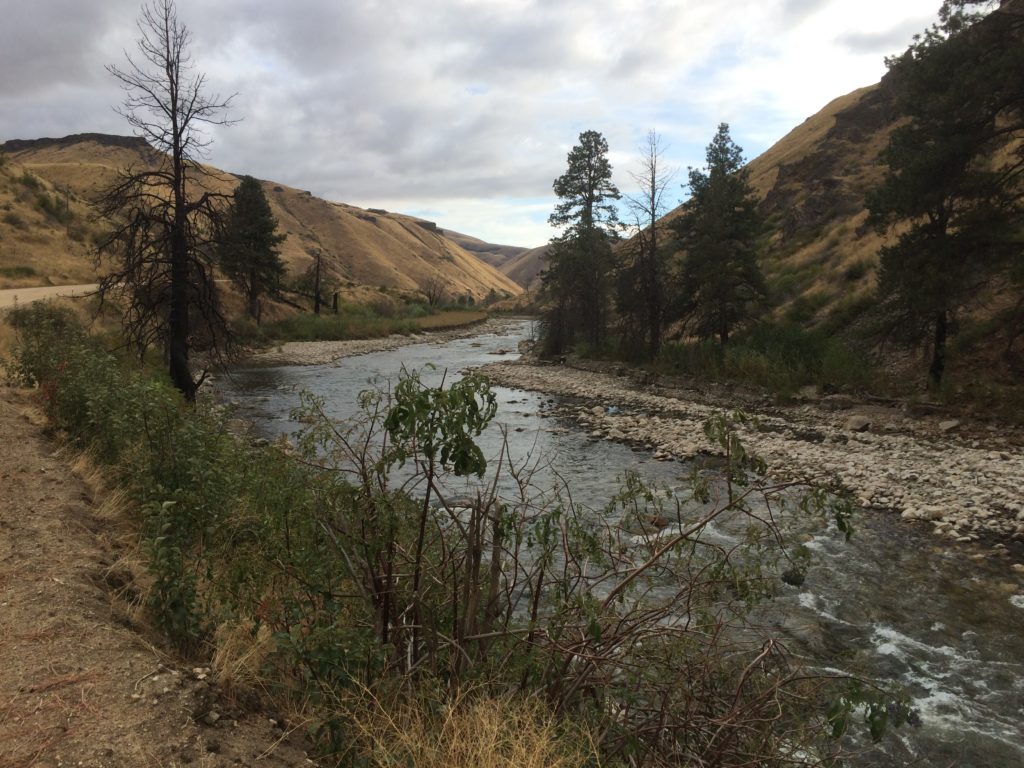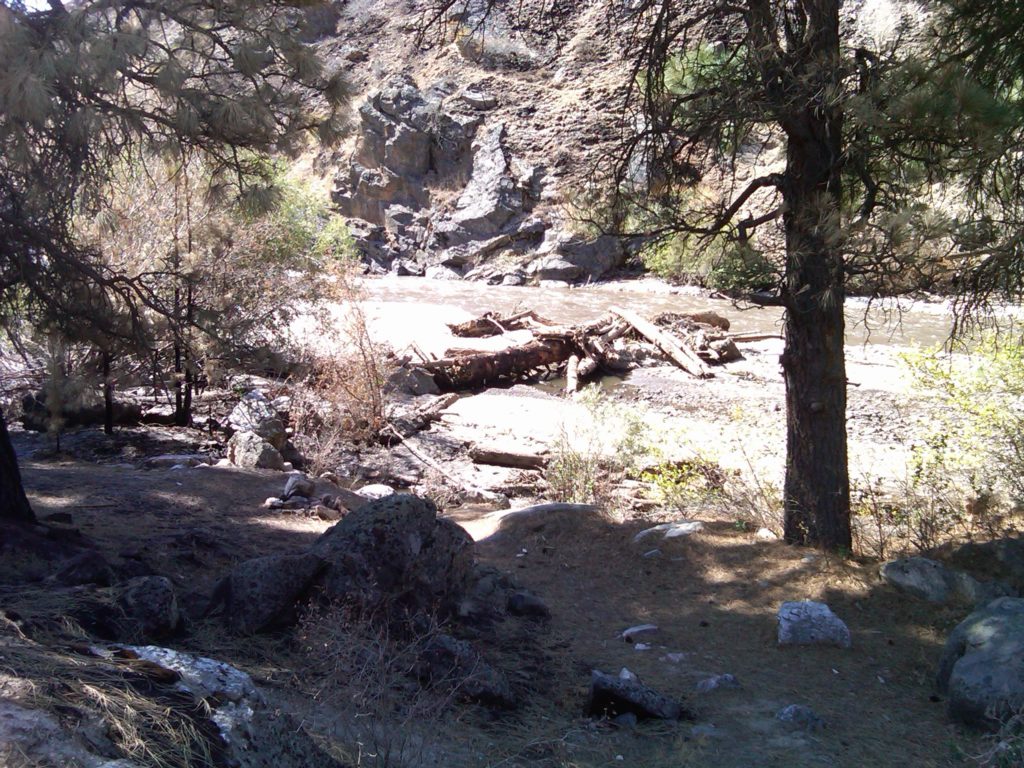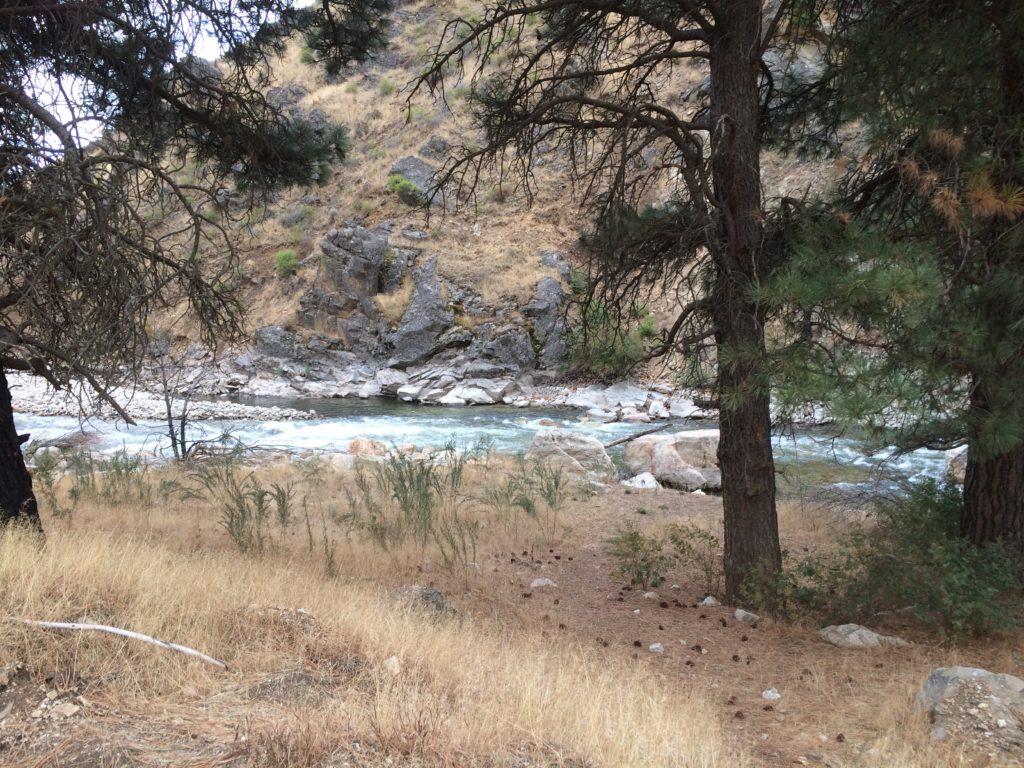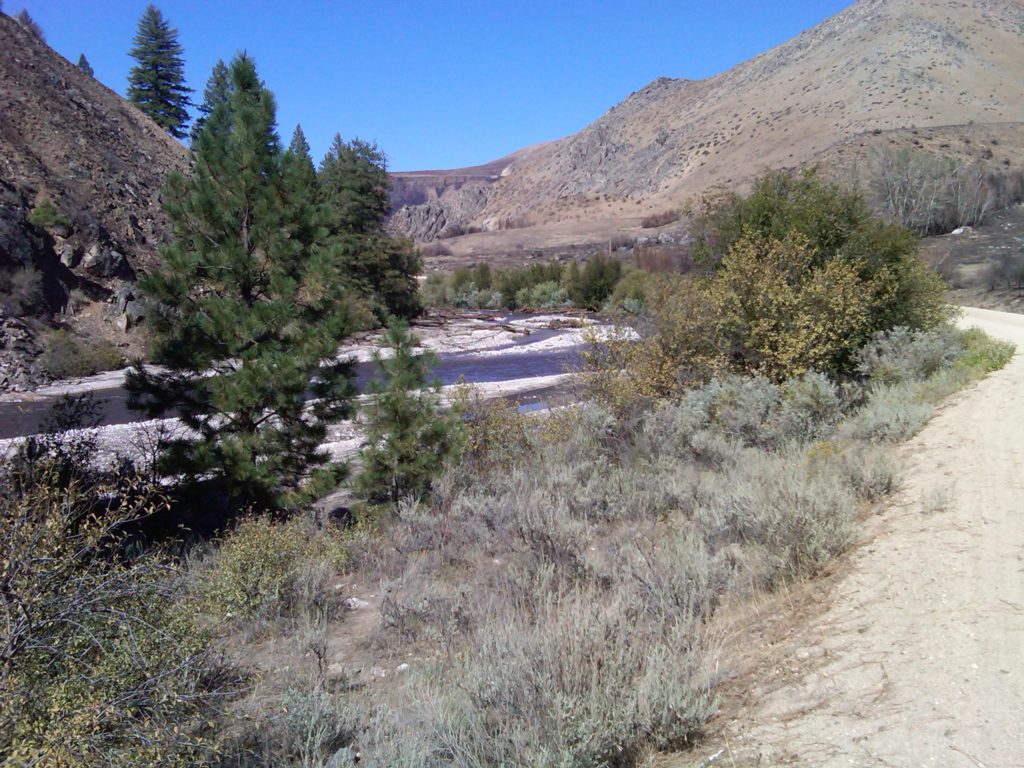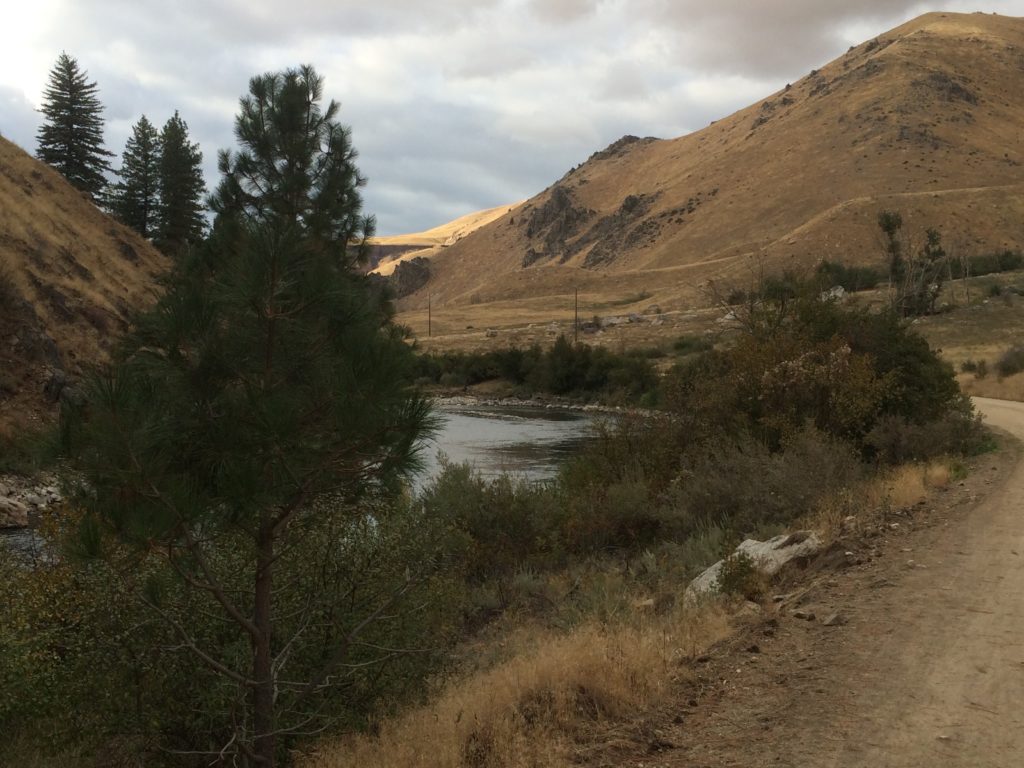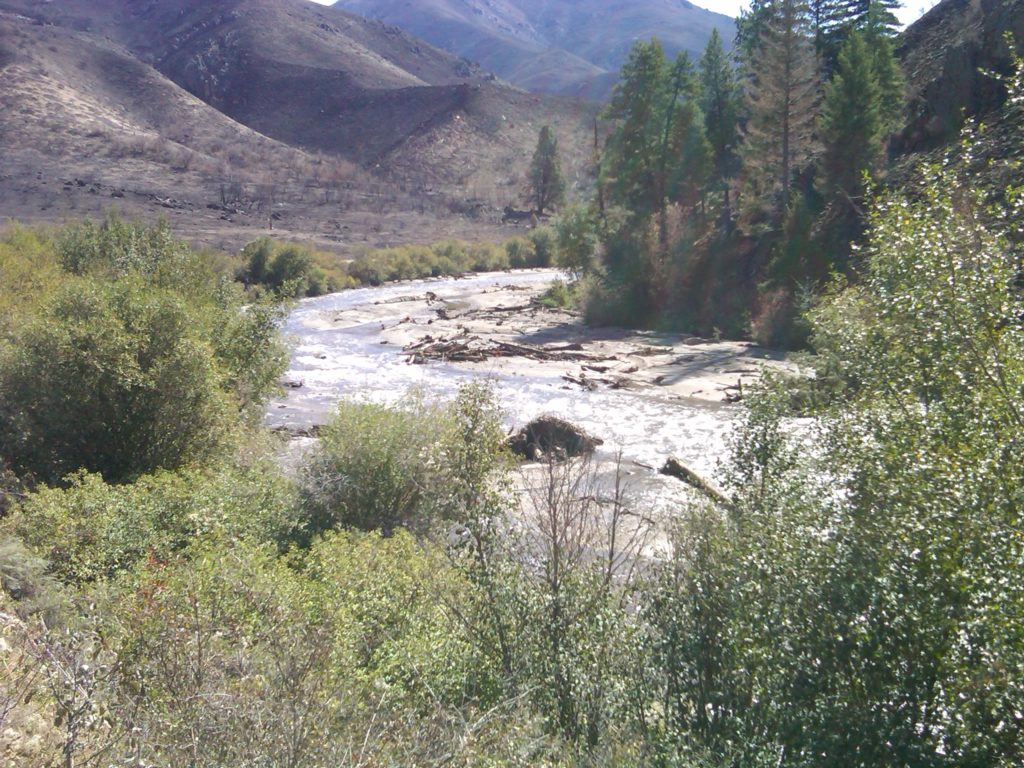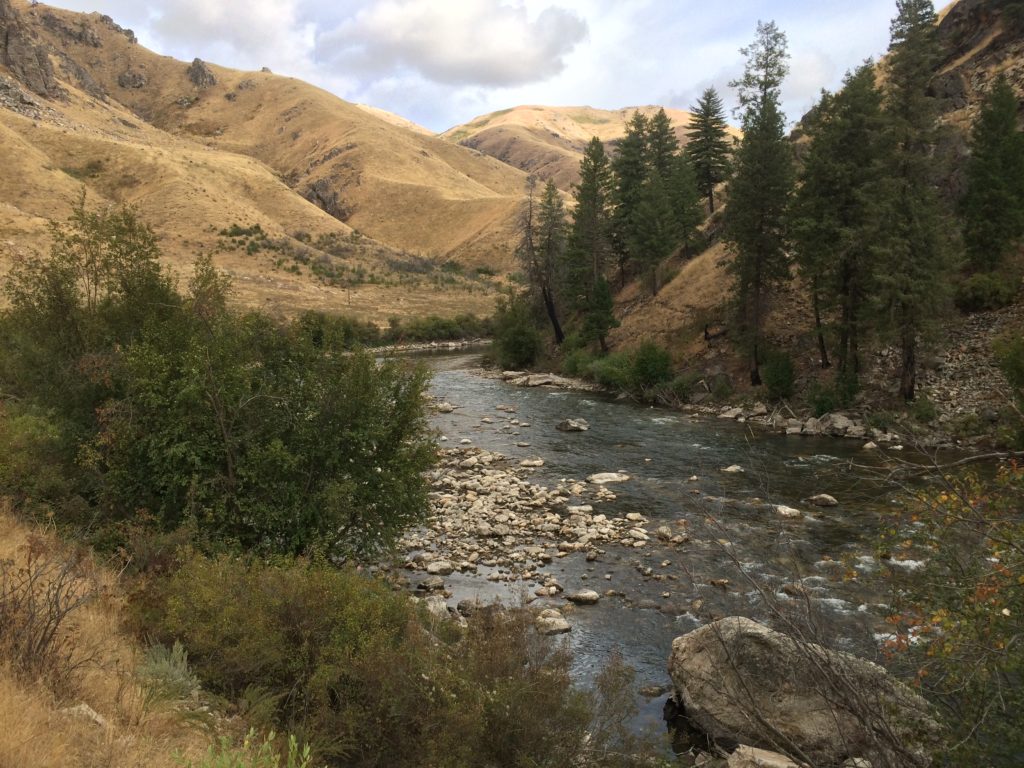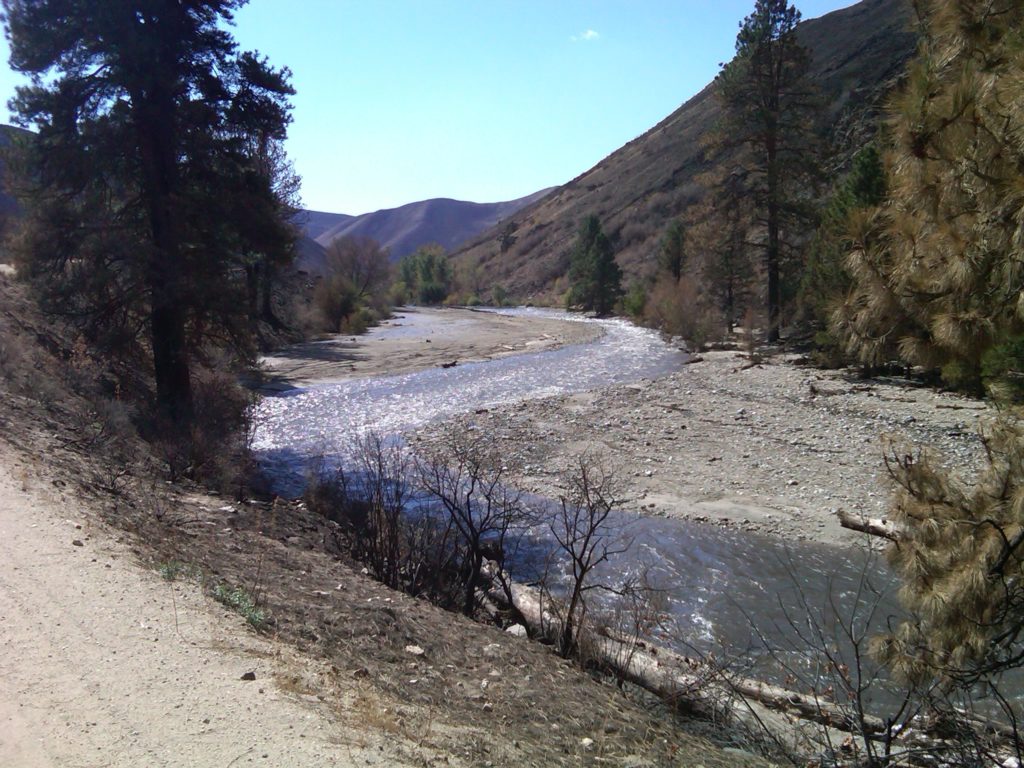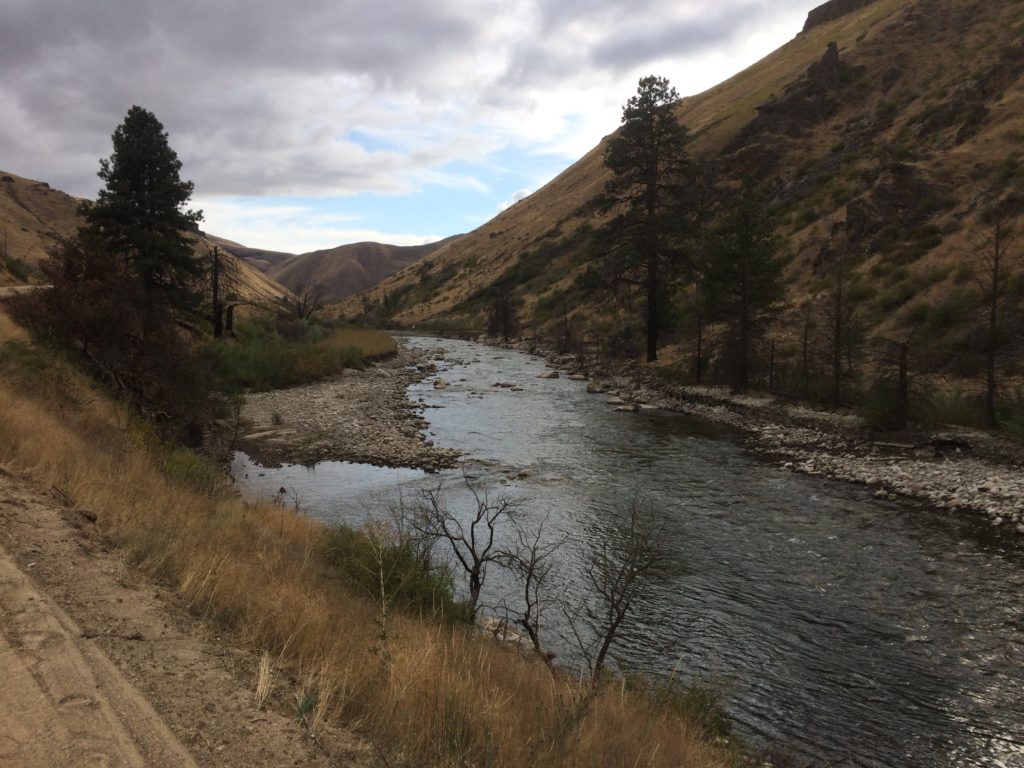Wow, it’s mid-May and the flows from Anderson Ranch Dam remain at the winter minimum 300 cfs. Normally this time of year the flows in the South Fork Boise River will be running 600 cfs. As the chart below shows, last year the flows increase from 300 cfs to 600 cfs on April 1, 2021.
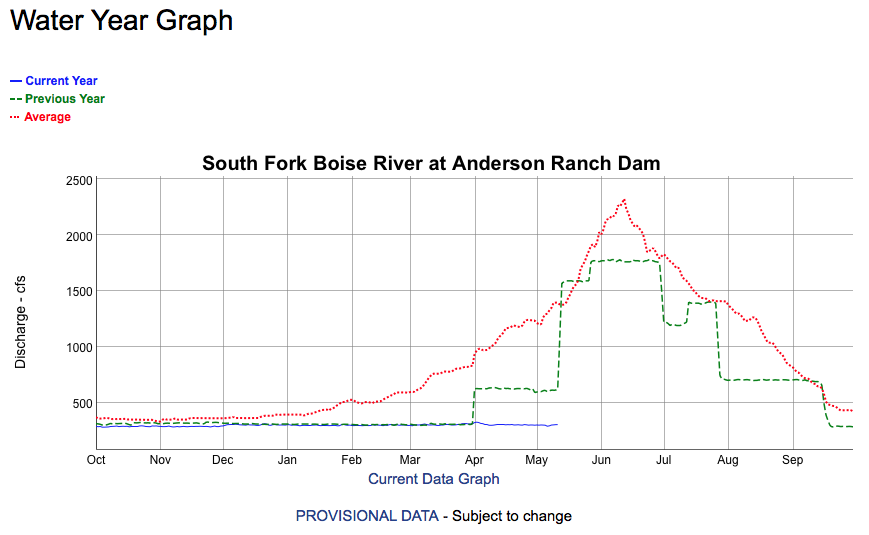
The last time that 300 cfs flows extended into the spring spawning season was 2014, which came after the 2013 debris flows that had covered much of the South Fork Boise in sediment. A double whammy! The flows increased in early June as this chart from a previous post in 2014 showed:

One result of the 600 cfs flows in the spring months is it waters up some side channels and allows some rainbow trout spawning in those locations. At 300 cfs we probably have less spawning areas available.
Why is this happening? There is a pretty good reason. The Boise River reservoir system is below average in water because last year was so hot and dry and until the last few weeks the snowpack was below normal. And, Anderson Ranch Reservoir sits highest upstream in the Boise River basin among the storage reservoirs and the water stored highest upstream is most valuable for future uses. As the graph below shows, Anderson Ranch is filling, maybe a little faster than it filled last year, but the total contents are still well below both long-term average and last year as well.
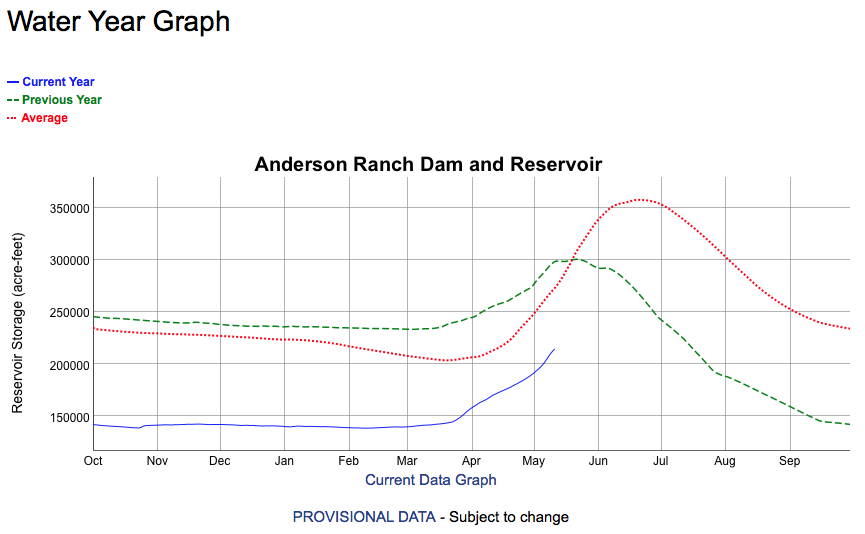
The flow of 300 cfs since April 1 being half the normal rate means so far some 25,000 acre feet more water in the reservoir then there would be if the flows were at 600 cfs.
Currently Anderson Ranch Reservoir is approximately half full and the downstream Arrowrock and Lucky Peak projects are well above half, with the natural flows from the Middle Fork Boise River poised to fill those pools when the snow melt starts in earnest.
What are the implications for the fishery? There may be less spawning, or survival from it, in the mainstream river this year, versus when the river flows at 600 cfs. It also points to the importance of the tributaries that can contribute more spawning habitat with actions to improve access (where culverts may inhibit fish passage) and improved habitat. A balance of both mainstream and tributary spawning is necessary or balance the risks to the population.
